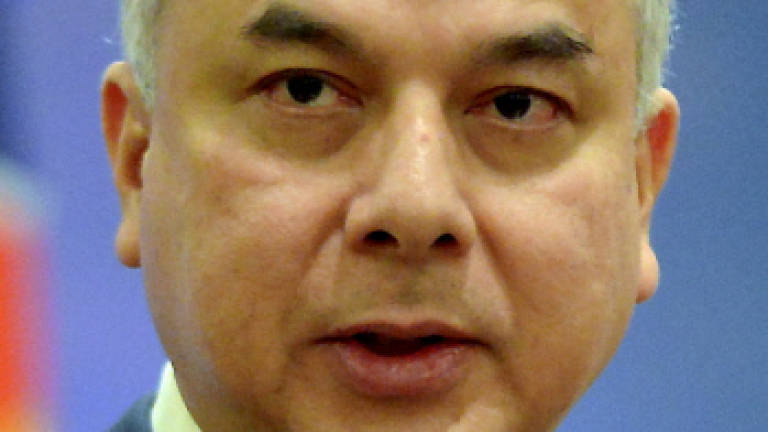Perak Sultan stresses on need to widen healthcare accessibility

KUALA LUMPUR: All countries have the option to re-examine budget priorities if they are serious about expanding accessibility to healthcare, says Sultan of Perak, Sultan Nazrin Shah (pix).
In this regard, he said, they should endeavour to make the necessary budget allocations where funds were most needed.
Opening the 10th World Congress of the International Society of Physical and Rehabilitation Medicine (ISPRM) here today, he said there was undoubtedly, a growing burden on governments to fund wideranging healthcare services.
The ruler added that ageing population, rise in disability-causing chronic conditions, increasingly expensive medical interventions and heightened community expectations for good and affordable healthcare services were forcing governments to find ways to stretch available resources.
"This is a challenge for all countries, rich and poor. At the lower end of the scale, some countries struggle to make even basic services accessible. For them, ODA (official development assistance) flows will be necessary for a considerable period of time," he said.
Delving more into the subject at hand, Sultan Nazrin Shah noted that a better understanding and appreciation of disability led to the tremendous changes and modernisation in physical and rehabilitation medicine.
It was also remarkable, he said, how technology had brought dramatic changes to this specialty.
"Today, there are resources describing how advanced procedures like robotics, regeneration technologies, simulation technologies and virtual reality are being explored and applied.
"One can therefore, only imagine with great optimism, the possibilities that the future holds," he told the audience.
He commended ISPRM for its work in developing best practices on how to integrate specialised medical rehabilitation into community-based rehabilitation (CBR) programmes.
"In Malaysia, although there are only about 75 physicians specialising in rehabilitation medicine, CBR initiatives have enabled more access to rehabilitation."
This, the sultan said, was done by leveraging multi-disciplinary teams of primary care practitioners, allied health professionals, nurses, social workers and families of disabled persons.
Sultan Nazrin Shah said that although physical and rehabilitation medicine was a relatively young specialty, fundamentals in the concept of physical rehabilitation could be traced back to ancient times.
For centuries, he noted, societies had used movement and natural physical agents such as water, sunlight and hot springs to treat various ailments.
"In Malaysia, rehabilitation medicine, though it was not called that at the time, was best documented in the work done by the Malayan Leprosy Relief Association (MaLRA), established in 1959," he said.
He said social rehabilitation, particularly at the Sungai Buloh Leprosarium, was revolutionised by MaLRA leaders like Tan Sri T. H. Tan and Tun Hamid Omar.
"Patients and ex-patients were provided with wheelchairs, walkers, artificial limbs and spectacles, as well as medical, educational and vocational assistance to allow them to regain movement, functionality and eventually self-sufficiency," he said. — Bernama